Latests posts
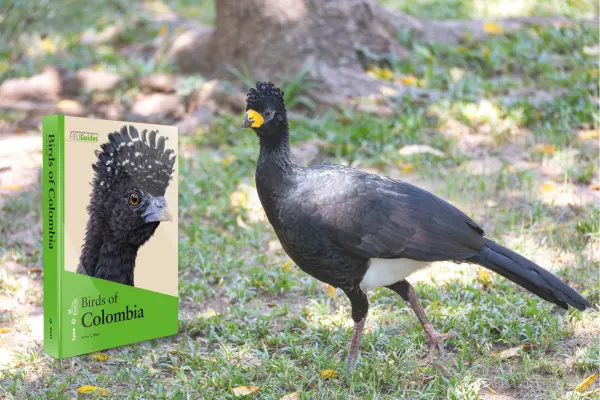
Birds of Colombia: A Journey Through the World’s Most Bird-Rich Nation
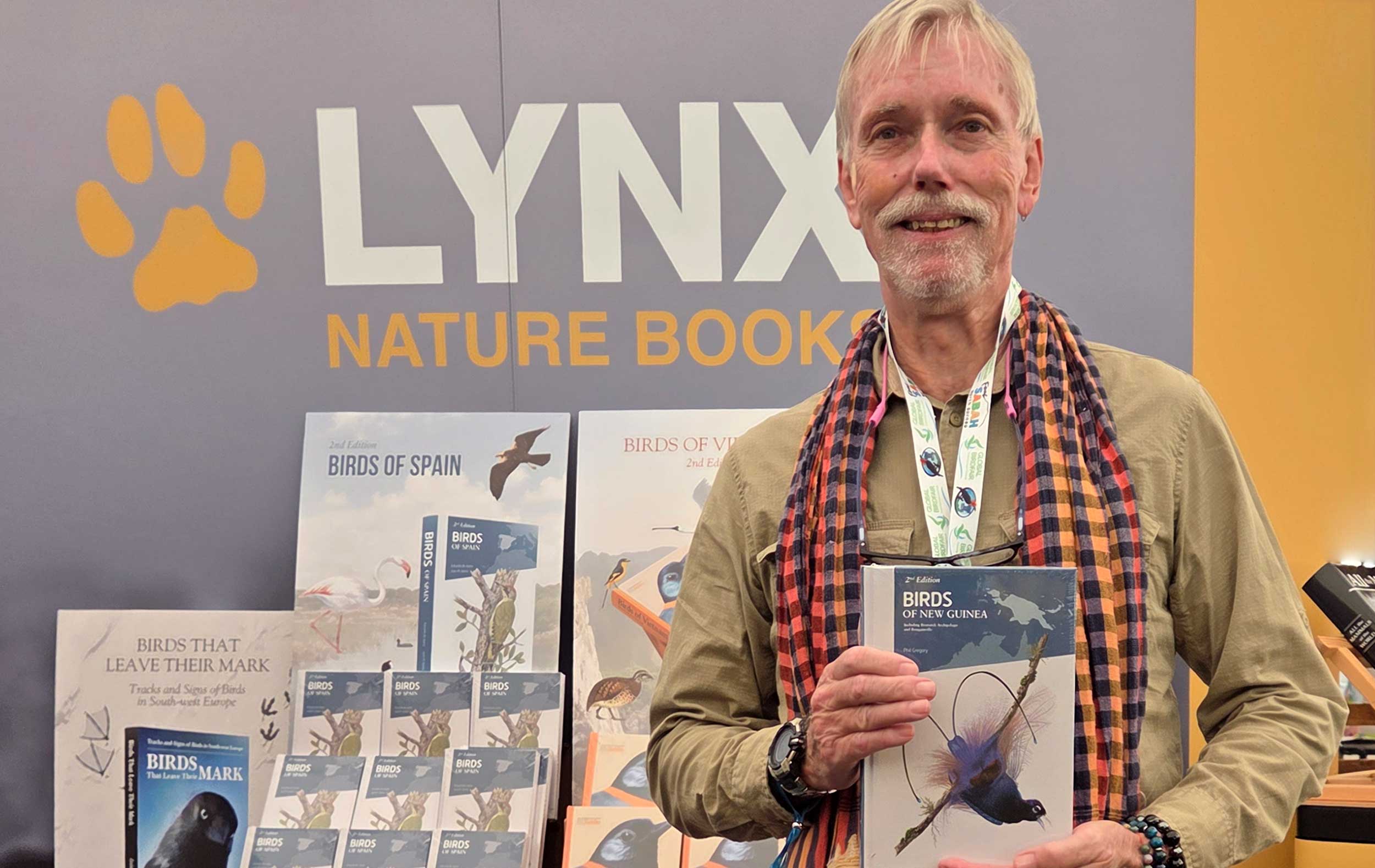
Birds of paradise and beyond: the new edition of Birds of New Guinea

Birdwatching in Spain: a guide to species, habitats and the joy of birding
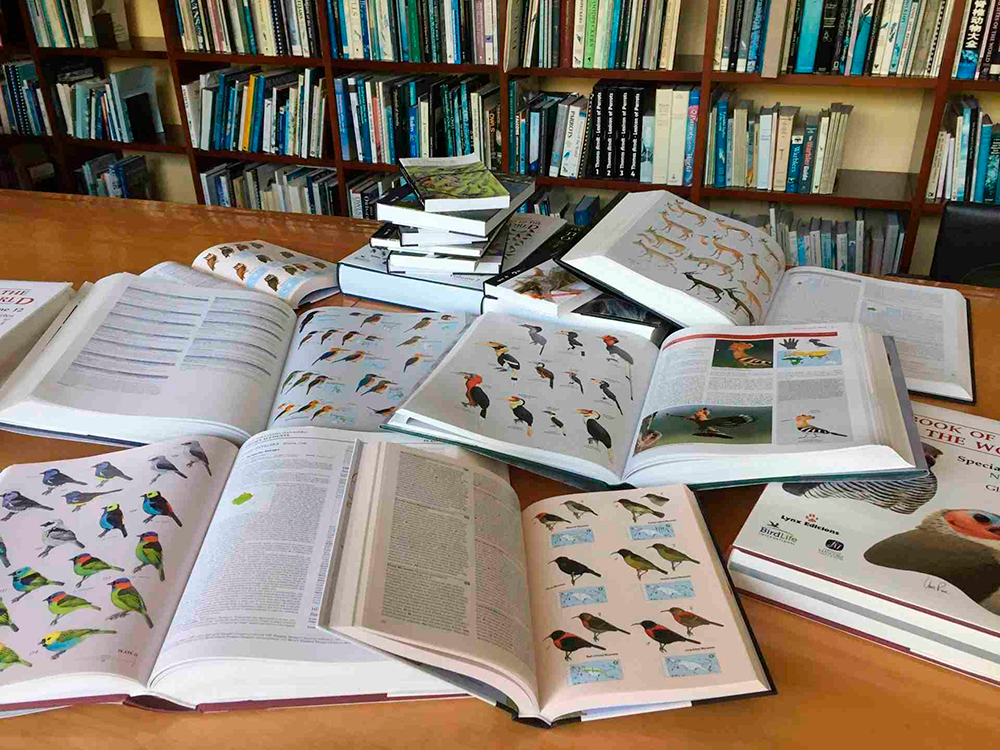
Why books matter for nature: the role of scientific publishing in conservation

Vietnam’s birds revisited: an interview with Richard Craik on the new edition of Birds of Vietnam
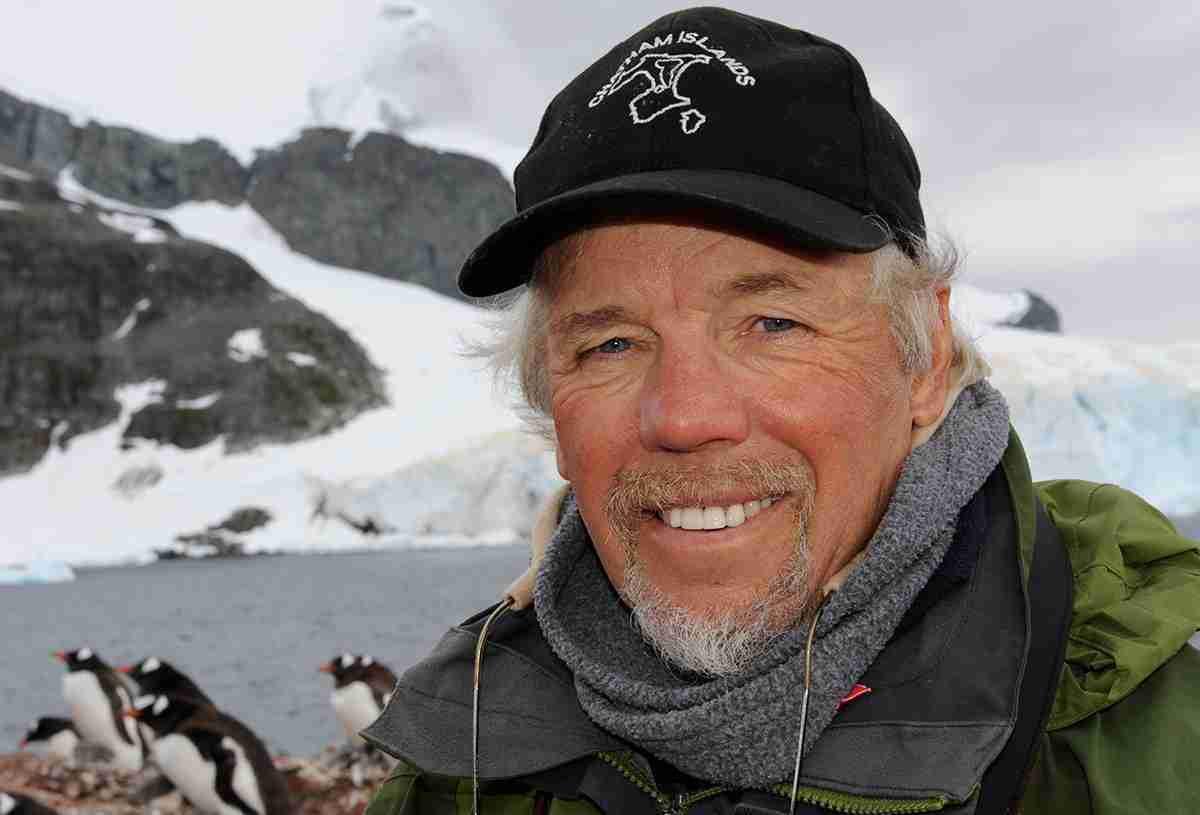
Seabirder, author and artist Peter Harrison discusses “SEABIRDS: The New Identification Guide”
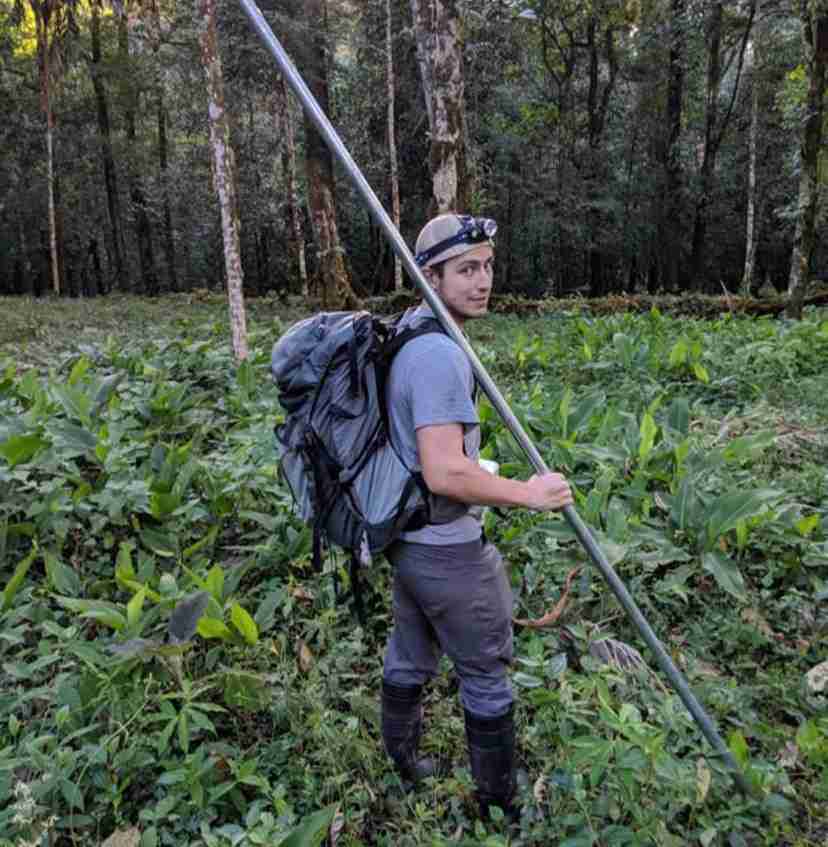
Taming the wild world of mammalian taxonomy with Connor Burgin

Discover the birds of Malaysia with Chong Leong Puan
Once bitten, twice shy: between the covers of the second edition of the Birds of the Indonesian Archipelago
Two of the books authors, James Eaton and Frank Rheindt, tell us how they managed to avoid going stir-crazy during lockdown with the birth of the second edition, what to expect, and lots of stories that have us eager to get out travelling again.
What made you decide to produce a second edition so soon after the first?
James: It wasn’t long after the huge weight from the first edition had been taken off our shoulders, five years ago, that we started feeling a sense of unfinished business. Five years have now passed and having spent a lot of time in the field, not just with exploring new areas but also with the knowledge we gained from working on the original guide, heightened our awareness of how much remains to be studied, so we’ve been collecting new bits of information ever since in a spreadsheet.
During this time, I’ve received so many emails from birders, who—with our book in hand—have discovered plenty of new island records, noticed minor errors, or made specific requests for another edition.
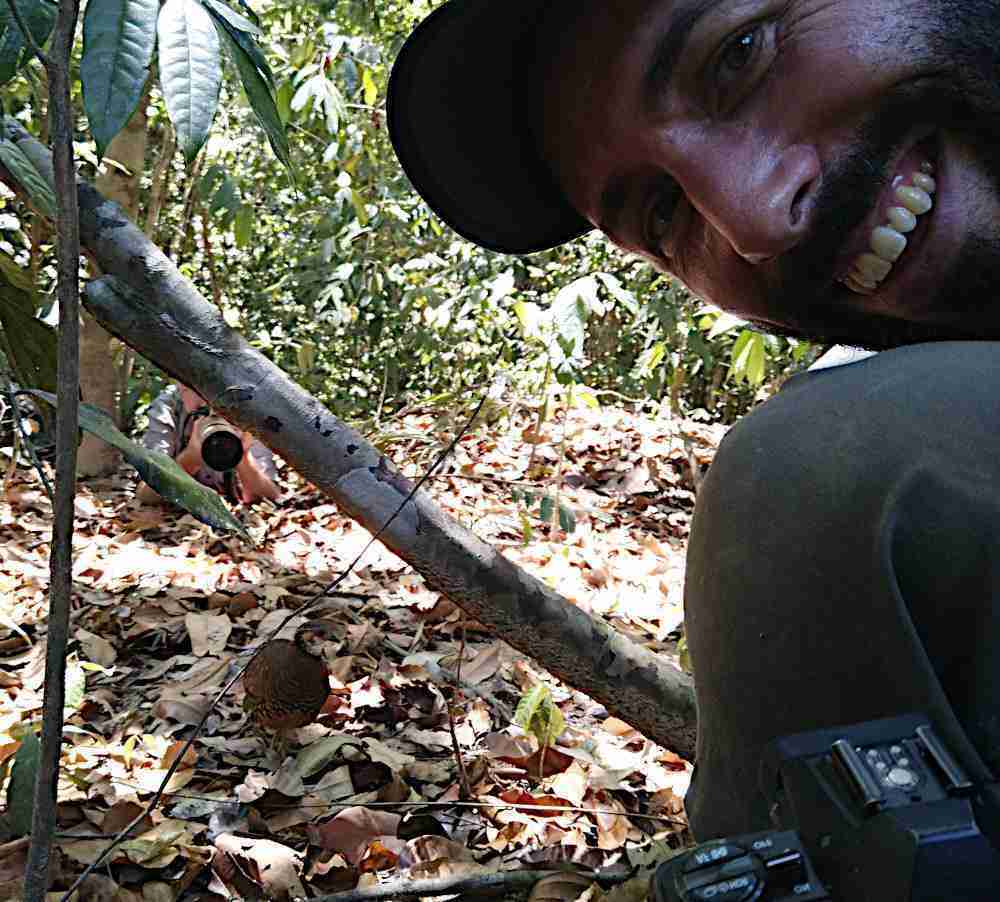
There was also the hint of jealousy looking at all the new Lynx field guides and seeing the new illustrations commissioned, making us think ‘hmm, that would be useful in our second edition’!
Our issue was always going to be time. It took us seven years to produce the first edition—how would we ever find that kind of time in our schedules? Well, we all know what happened this time last year, which has left me with an awful lot of time at home since.
Have you managed much field time between then and now in the region? Any particular highlights you can share with us?
James: Not as much as I would like, but still plenty. As always, exploring new areas is what I have enjoyed most. I realised I hadn’t spent enough time exploring Sulawesi in recent years, so I’ve gone back and sunk my teeth into reacquainting myself with that island. Spending a few nights camping in the Mekongga mountains, last explored in-depth by Heinrich, was a magical—albeit dehydrating (the helpers finished my drinking water two days ahead of schedule!)—experience, searching for little-known taxa. Though the most exciting time was my short visit to Selayar where I found a new, undescribed Phylloscopus leaf warbler. Fortunately, I managed some photos to confirm its distinctiveness after hearing it sing. There is no greater thrill than finding something unknown to science, and yourself!
Also, landing on the remote island of Kalao while leading a tour visiting the remoter islands in the Flores and Banda Seas and obtaining the first sound recordings of what we now split as ‘Kalao Jungle Flycatcher’, after searching for it the previous year on the wrong island, the similarly named, Kalaotoa!
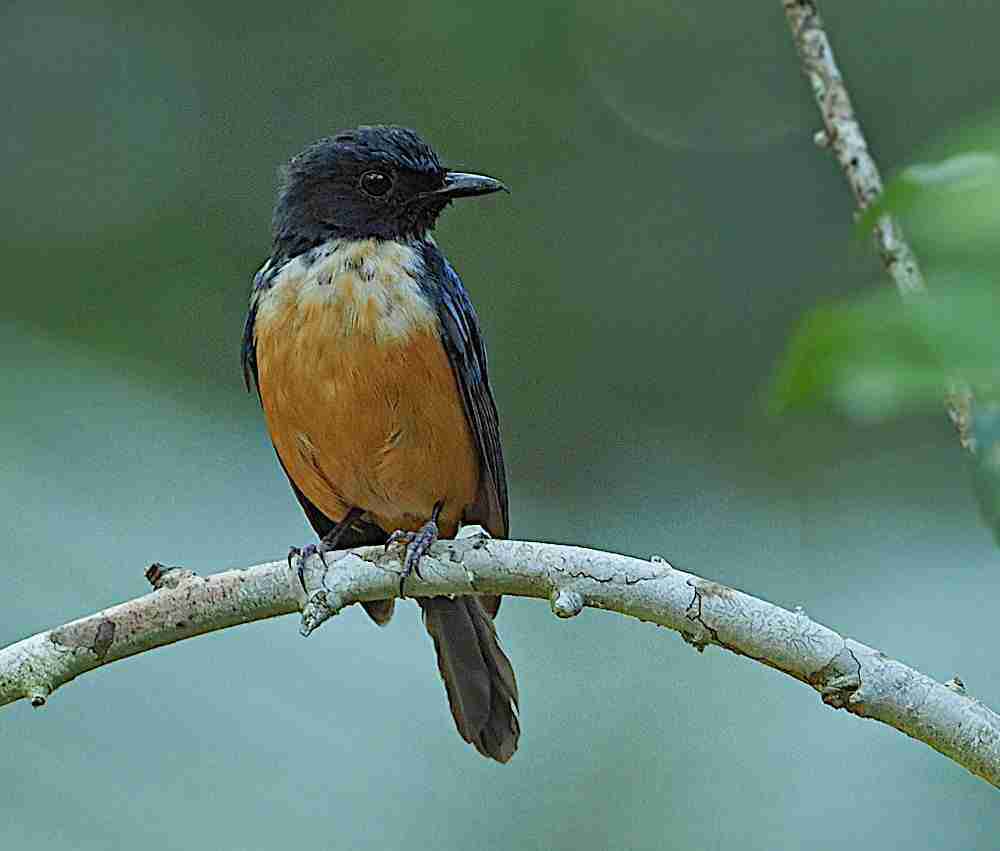
One of the new splits in the second edition following the authors own peer-reviewed work, thanks to James’s sound recordings, once he found the right island!
Frank: Unfortunately, my job increasingly restricts me from getting out to new and unexplored places for long periods of time. But after 2016, I did manage to put in a good deal of research time in Sumatra and its satellites, including seldom-visited islands such as Enggano, Nias, Babi, Tuangku, Bangkaru and Lingga, and we have published a nice series of new findings from there—including alarming developments of local extinctions in progress. In my free time, when the opportunity came up, I treated myself to short expeditions tracking down rarities such as Black Oriole in highland Sarawak, roding Javan Woodcocks, Bornean Crestless Fireback and the new Wangi-Wangi White-eye.
Have you noticed many birders using your first edition in the field?
James: Being a tour guide, I see it quite a bit, and it’s really nice seeing birders using and learning from it. It’s been great seeing local birders using it too—many of them received their copies from grateful birders who they have guided. It’s been so helpful for them, and we always take a photo together!
How do you manage to balance your work and birding time, as you never seem to stop?
Frank: It’s tough sometimes. Having the ‘birding bug’ means that the pace never slows down, and there’s never a day of boredom. It can be a mixed blessing, I guess, in terms of health and sanity, but I wouldn’t want it any other way…
James: My hobby is also what keeps me employed, and I hope that never changes!
Have you ever discovered a new species in the region, and do you think there are still more to find?
James: Yes! Several likely candidates, four of which are undoubtably new; it’s the most exhilarating feeling I’ve felt when birding. All of them are in the field guide. I found Mount Mutis Parrotfinch during a pee-break while leading a tour, and even managed a photograph at the time to show the group. We all managed to see it by the end of the day—an incredible experience. Frank and I were birding with two other friends in the Meratus Mountains in Kalimantan, when in the same flock we found both Meratus White-eye and a female Meratus Jungle-flycatcher. Also, the Selayar Leaf Warbler mentioned earlier—this bird I found whilst birding with my father, an hour before we had to be at the airport, so it was all rather rushed once found. Typically, after dashing to the airport we found out our flight had been cancelled!
It’s not just the discovery of an undescribed species based on plumage every time though. At Mount Mutis once again, I heard an unfamiliar pigeon call and using playback I discovered it coming from a ‘Little Cuckoo Dove’. After some years of investigation, I realised this bird was vocally distinct on a few islands in the region, for which we’ve coined the name ‘Eucalypt Cuckoo Dove’, for when it does get formally described.
There will undoubtably be more to be found. Remote, high peaks or small islands surrounded by deep sea trenches is what we look for—I have my eye on a couple, post-Covid.
Frank: I guess it all depends on the definition of “discover”. Local people are often aware of species long before outsiders come along and “discover” them. When it comes to undescribed Indonesian species, I guess I could lay claim to discovering four:
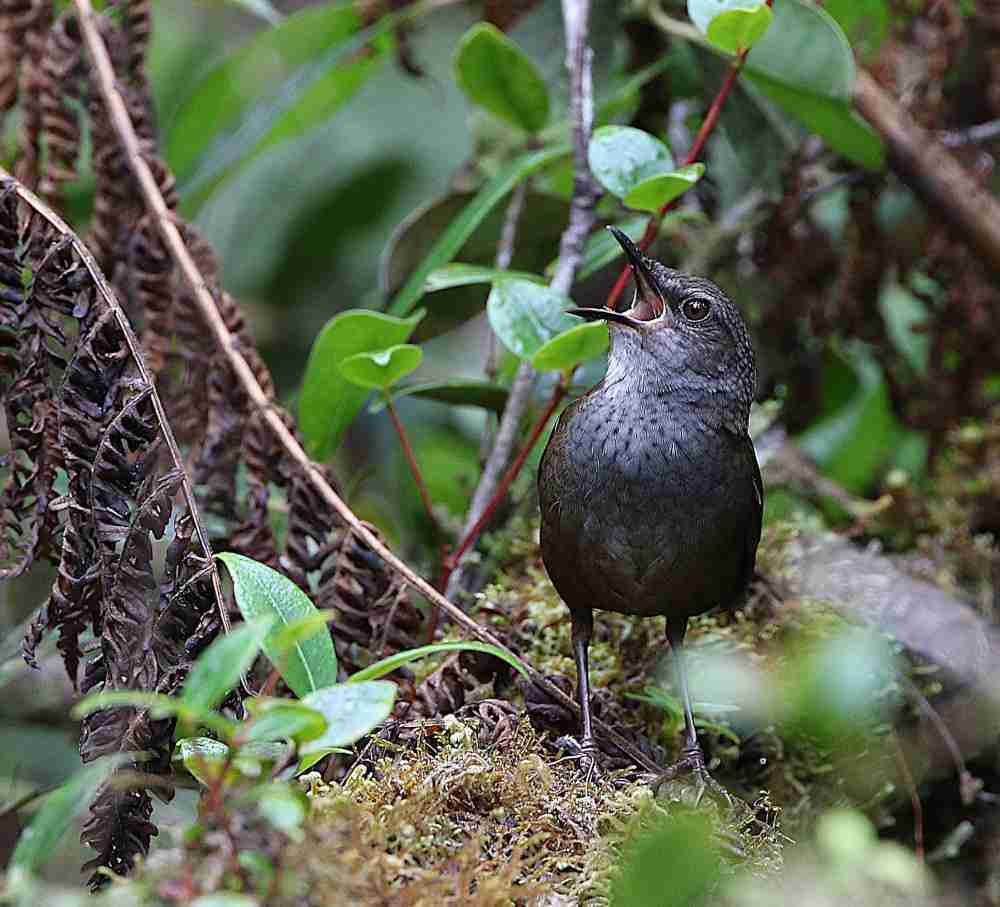
A bird completely unknown until Frank came across it on his expedition into the mountains of remote Taliabu, and one of the species described between the first and second editions.
- The Taliabu Grasshopper-Warbler was a bird that not even my local porters were familiar with. We have since described it to science as Locustella portenta, reflecting that I called it out as a new species of grasshopper-warbler based on its song several days before I managed to see it.
- I discovered the Peleng Leaf-Warbler on a hike up West Peleng’s highest mountain with my friend Filip Verbelen. The island was not supposed to have a leaf-warbler, but I called out their song several hours before we finally saw it. We decided to describe it as Phylloscopus suaramerdu, the Indonesian words for “sweet song” to commemorate its history of discovery.
- On our recce up Meratus with James and others, I was so lucky as to being the first one to call out the new Meratus White-eye. Admittedly I had an advantage over my dear colleagues who were schlepping up 5kg worth of camera equipment each, while I was nice and light and just concentrated on the bird flocks. We’re currently collaborating with colleagues in describing the species to science.
- I guess James and I equally share the honour of discovery of the new jungle-flycatcher up on Meratus. The perks of being a non-photographer… While others were still photographing the white-eye, I heard myself calling “Check this out! What flycatcher is that?” when our first female Meratus Jungle-flycatcher appeared in the flock. We only tentatively identified it as something new that day given it was a silent female. We excitedly confirmed we were dealing with a new species of flycatcher when James found the first male on the next day. Unforgettable moments…
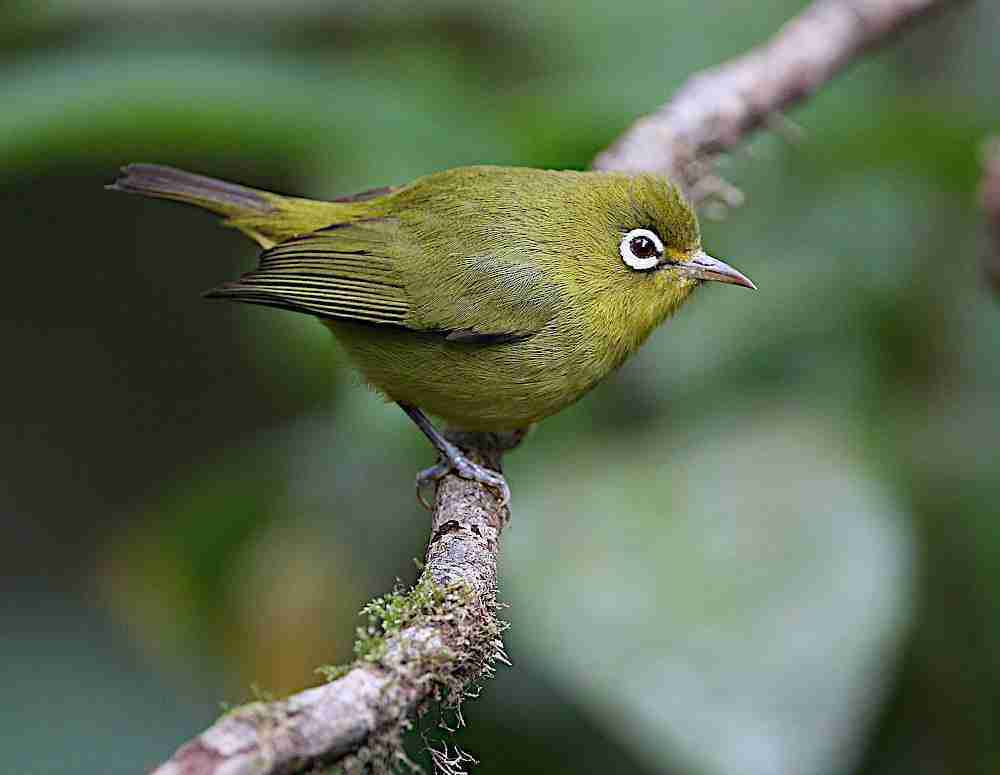
One of the ten undescribed species covered in the second edition.
But sometimes “discovery” is more complicated and happens at the desktop, when you first realize: “Wait a minute, this island population sounds completely different…”. There is an as-yet undescribed cuckoo on Borneo, ‘Penan Hawk-cuckoo’, whose distinct voice I first noticed when preparing accounts for this field guide, and I guess we have another couple such things in the works, too…
In the second edition of Birds of the Indonesian Archipelago, what would you highlight as the most remarkable things you are offering as new knowledge to the reader?
Frank: I guess the thing that we are proudest of is the updated maps and Similar Species (SS) texts. The maps were not as precise in the first edition, and presence or absence of a species could not reliably be inferred on some smaller islands. With these new maps, we have done our best to reflect complete present collective wisdom on island occurrences, so that if you see a species is not mapped for Nias, you can rest assured that it hasn’t been found there (yet?).
We have painstakingly updated all SS texts to reflect the most modern standards of ID skills. We wanted our book to be the number-one source that people turn to when they don’t know how to identify challenging plumages of brown flycatchers or immature hawk-cuckoos in tropical Asia, and any other tough nuts you can think of. The drawings, of course, have also improved considerably since the first edition. But we always encourage users to resort to our SS texts first, which can give you the crucial hints for correct ID where drawings may not suffice.
James: On top of what Frank mentions, I’m perhaps most keen to emphasise something minor and simple that we did, but that really makes a difference, which is the layout of the species accounts. We went through every genus and attempted to move the accounts around as much as the taxonomic structure allowed to put similar or regional species together on the same page—we know how annoying it is having to flick between pages to compare species, and it was obvious that by switching some species around they could easily have been put on the same page! The extra effort put into the layout we feel has really benefited the usability of the field guide.
We’re sure some people will be wondering, when will the third edition be published?
James: NEVER! Well, let’s just hope there is not another global pandemic in five or ten years’ time anyway…








 Copyright 2025 © Lynx Nature Books
Copyright 2025 © Lynx Nature Books